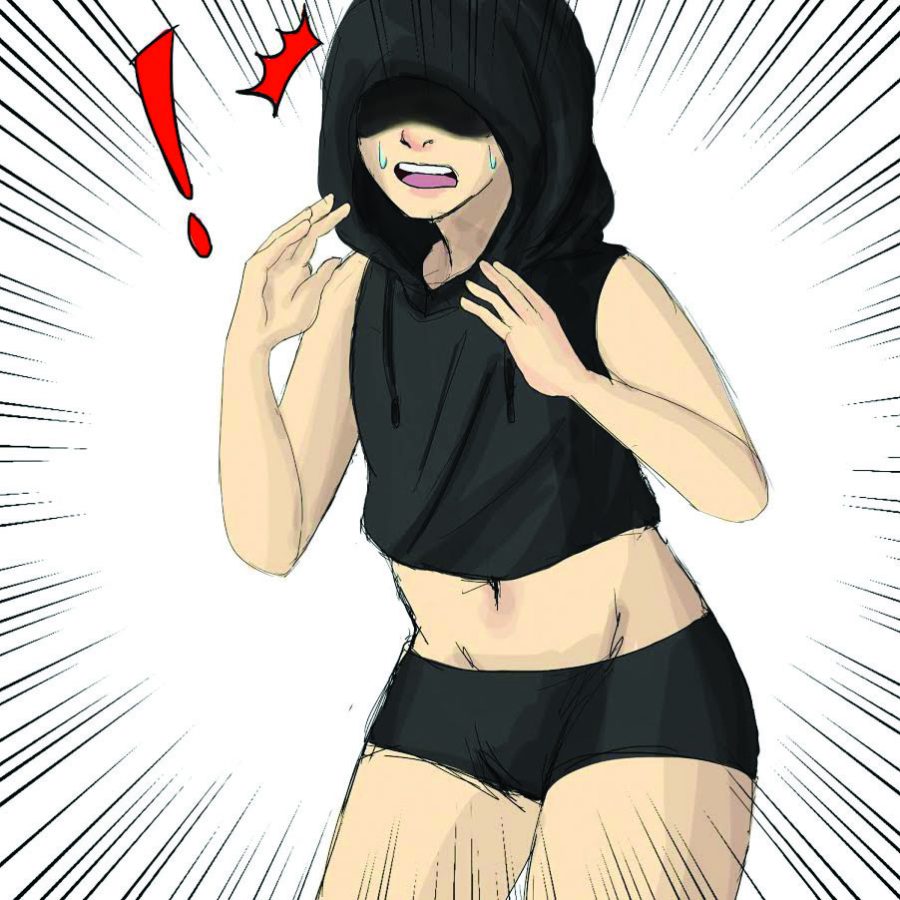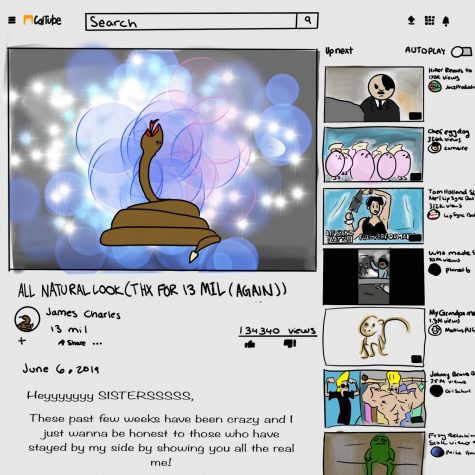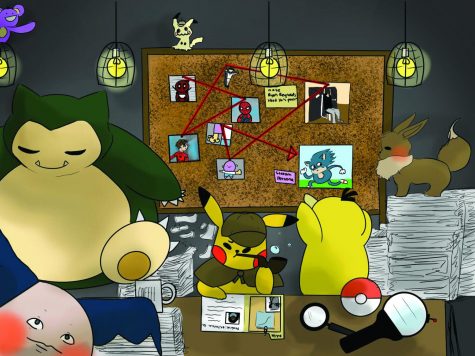New dress code begins next year
Cal High has launched yet another initiative for the student body, and this time it’s a new dress code.
Cal students received an email from Principal Sarah Cranford on April 25 regarding the school’s newly created dress code, which will go into effect next year school.
In the email, Cranford wrote that the School Site Council, a coalition of students, parents and staff, worked together to develop the dress code which would be fairer to all students regardless of gender.
“The dress code was made to give students a clear set of rules,” assistant principal Andy Briggs said. “Most students couldn’t tell you any rules about the previous dress code. We felt like the rules needed to be clearly stated.”
The three-page document attached in the email detailed the school’s values and goals are for the dress code, what the dress code permits and forbids, and the school’s policies of enforcement.
According to the section titled “Dress Code Philosophy,” the dress code is designed “to allow all students to wear clothing of their choice,” “allow students to wear clothing that expresses their self-identified gender,” and “allow students to wear religious attire without fear of discipline or discrimination.”
The dress code also is designed to prevent students from wearing clothing that discriminates, contains hateful speech or messages, or any clothing that “will interfere with the operation of the school and/or disrupt the educational process.”
The document then goes on to describe the actual dress code. Cal’s dress codes’s basic principle states that “clothes must be worn in a way such that genitals, buttocks, belly buttons, breasts, and nipples are fully covered with opaque fabric.”
The new dress code also outlines what a student can and cannot wear.
The basics that students are required to wear are a shirt, pants/jeans, and shoes.
Students may wear hats that do not cover the face, hoodies that do not cover the ears, tank tops, spaghetti straps, ripped jeans, and fitted pants, such as leggings.
Students cannot wear clothing that is violent, promotes racism, discrimination, drugs or alcohol. Students also cannot wear any items that obscure the face.
Junior Aubrey Battiste approves of the new dress code for the most part.
“Before I think they [administration] were pretty strict, but now it seems pretty fair,” said Battiste. “However, I would say the belly button exclusion is kind of far fetched. I’m not really sure what’s wrong with a visible belly button.”
The last part of the document discusses the methods the school will use to enforce the new dress code.
Punishment for dress code violations was not specified, but it was indicated that multiple violations of the dress code will result in “progressive discipline by the school administration.”
The main idea is that when enforcing the dress code, school staff will not make students uncomfortable by shaming or embarrassing them in front of friends or classmates. Instead, they will attempt to discreetly talk to the student personally without letting others know.
Should a student be removed from hallways or classrooms because of a dress code violation, student have three options: put on alternative clothing if they possess it, wear temporary school-provided clothing, or request for a parent to come to the office with the appropriate clothing.
Most students feel that the new dress code is an improvement.
“I think that the new dress code is more lenient than the old one,” said junior Kinan Alatasi. “ I’m glad admin is addressing this issue.”
The new dress code repeatedly stated that school staff will not discriminate against transgender students when enforcing the rules.









